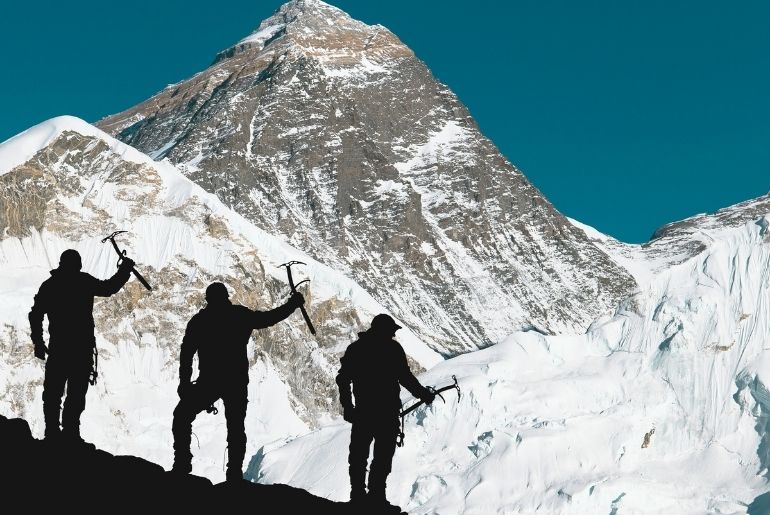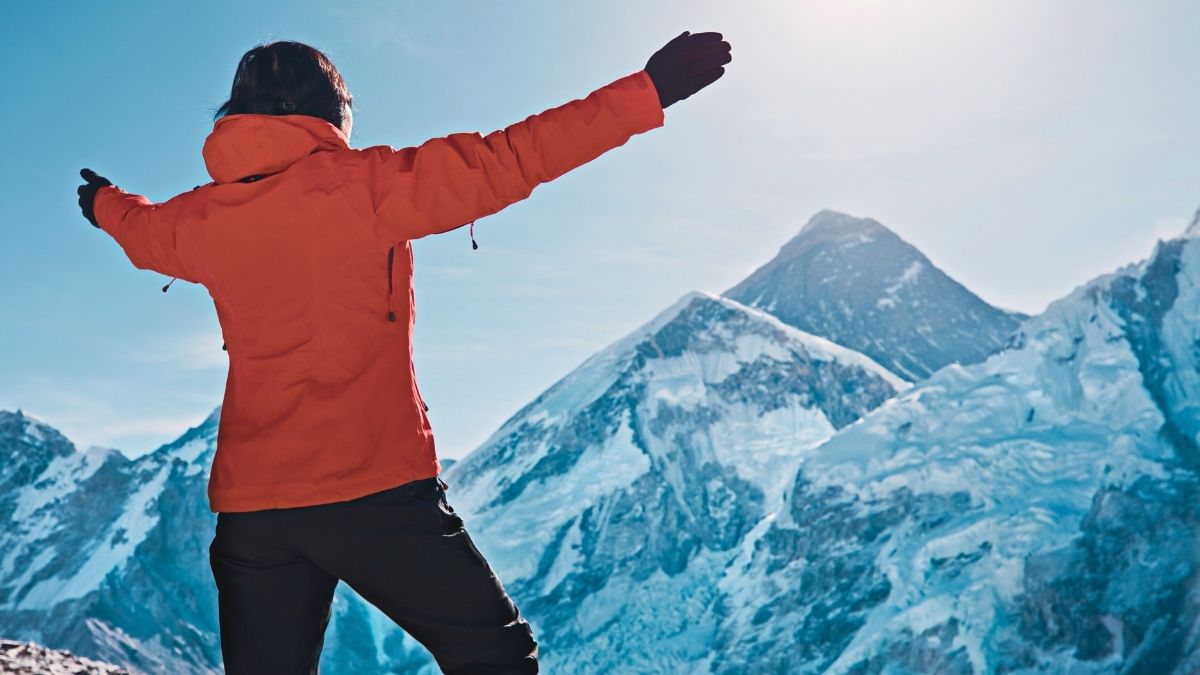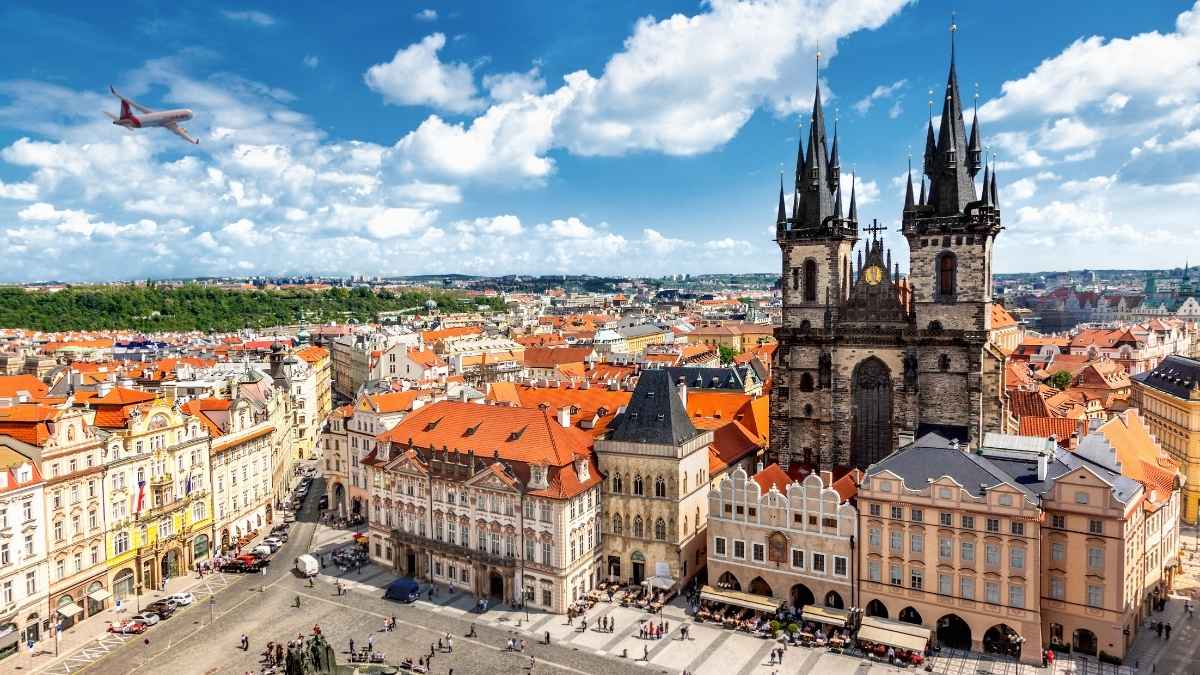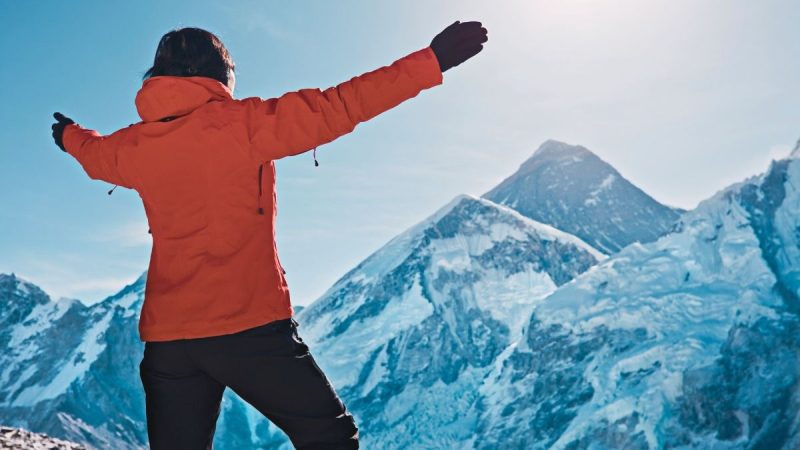Mount Everest, the highest peak in the world, often witnesses solo climbers, but now it’s prohibited. Nepal has introduced a new rule stating that the peaks above 8,000 metres will no longer allow solo explorers, starting from September 1. Those who are climbing these peaks will have to bring one guide or altitude worker. Scroll down to know more details.
Nepal Bans Solo Climbers On Mount Everest

The new change comes under Nepal’s Sixth Amendment of the mountaineering regulation, published in Nepal Gazette on February 3. According to this rule, if a group is climbing an 8,000-metre peak, then for every two climbers, there must be at least one guide or altitude worker with them, reported Khaleej Times. As for the hikers who are climbing smaller mountains, they should have at least one guide with them. This rule is for all solo and group climbers, no matter how experienced they are.
With the new rule, Nepal has also made climbing Mount Everest more expensive. In spring (March–May), the fee has increased from $11,000 (₹9,70,040) to $15,000 (₹12,50,000) per person. The spring season is one of the most popular seasons for climbers. For winter (December–February) and monsoon (June–August) climbs, the cost has risen from $2,750 (₹2,42,507) to $3,750 (₹3,30,706) .
Not only for Mount Everest, but the climbing fee for other peaks above 8,000 metres has also skyrocketed. For spring, the fees have gone up from $1,800 (₹1,58,993) to $3,000 (₹2,64,547), whereas for autumn, it has increased from $900 (₹79,364) to $1,500 (₹1,32,272). Lastly, for winter and monsoon, the fee has risen from $450 (₹39,682) to $750 (₹66,136).
Also Read: Nepal On Alert: Heavy Rain Blocks 11 Highways, Rivers Breach Danger Mark
New Rule For Mountain Climbers
According to the new rule, family members of climbers, guides, and workers cannot stay at the base camps. They can only stay after receiving special notice from the tourism department. To prove the successful climbing, organisers and liaison officers must give clear photos of the climber’s face with the mountain range in the background. Only after submitting the photo, climbers will get the Everest summit certificate.
According to Khaleej Times, keeping environmental protection in focus, starting from this spring’s season, climbers will have to bring back all their waste, including human waste, to the base camp for proper disposal. For this, they should compulsively carry biodegradable bags.
Since 1953, over 8,900 people from Nepal have already climbed Mount Everest, and it is expected to get more in future.
Also Read: This Fiery Nepali Mushroom Recipe Is Humble, Homemade, And Totally Unmissable
Cover Image Courtesy: Canva Pro/hadynyah





